Giorgio Armani: The Master
MC's Nina Garcia chats with the elusive Giorgio Armani – aka the godfather of Italian fashion – on the new office chic.
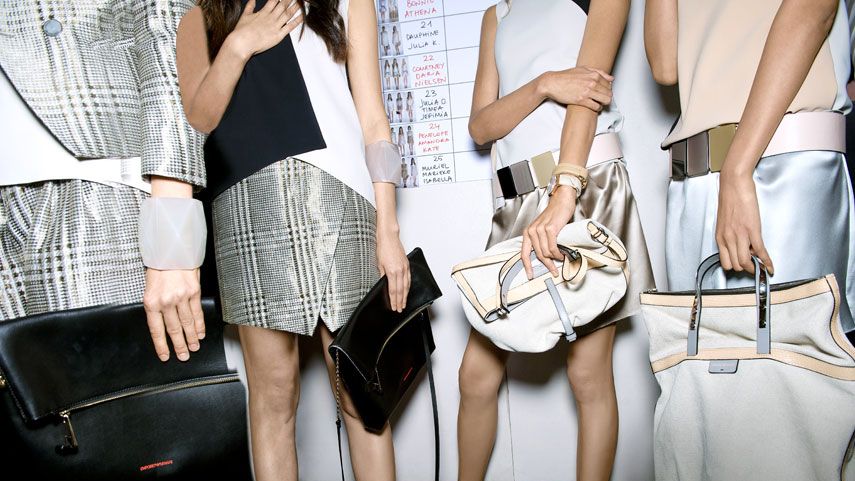
Fact: To wear a Giorgio Armani suit is to broadcast to the world, "I've made it." But now, more than ever, what a woman wears on her feet or carries in hand says more about her degree of success than the tag in her blazer. Here, MC Creative Director Nina Garcia discusses the art of accessorizing with the patron saint of power dressing.
Nina Garcia: I'm a big believer that accessories can make or break a look. What are some of the biggest mistakes women make in terms of their shoes and bags?
Giorgio Armani: Proportions—it's easy to get them wrong by getting carried away with current trends. There is such a thing as a bag being too big or too small regardless of its shape, and the effect [in relation to your outfit] can at times be ridiculous. The same thing applies to shoes. Extremely high heels are mostly advised for tall women. Also, it's not a good idea to match your shoes with a bag too stringently. Go for subtle similarity.
NG : We require so much from our accessories now. Between the office, cocktails, and running errands, they can take a beating! What's the secret to buying a piece that lasts?
GA: It would be great if there were a formula that could be applied, but given the long-term success of certain iconic bags, there is some reasoning to be done. It must be distinguishable to the eye for its unique workmanship rather than brand visibility. As far as color, it should be in style.
NG: If you were to pare down a woman's arsenal of accessories to just a few shoes and bags, what would the must-haves be?
GA: A sporty citywear style, like moccasins or men's lace-ups and a shoulder bag. For the evening, a little more pizzazz with heels and a black clutch with golden or crystal accents. For the summer, light-weight sandals and a colorful shopper bag. In theory, each would satisfy every need.
Stay In The Know
Get exclusive access to fashion and beauty trends, hot-off-the-press celebrity news, and more.
NG: Do you find that there's a big difference between the working woman's look in America and that in Italy?
GA: American style tends to be more of a dress code. I have always admired the practical intelligence that it expresses, like that of commuting to the workplace wearing comfortable sneakers, then slipping on a pair of elegant heels once you've arrived. The dress codes in Italy are much more confusing and often mistake carelessness for a sense of freedom.
NG: After nearly 40 years designing, why do you think your designs are still so relevant?
GA: When I started Giorgio Armani in the mid-'70s, I realized that women needed a way to dress that was equivalent to that of men—something that would give them dignity, an attitude that would help them handle their work life. It wasn't to show off; it was a style that was basic, simple, rigorous—not the exclusive prerogative of a successful manager, but rather of anyone who wanted to approach a career seriously.
-
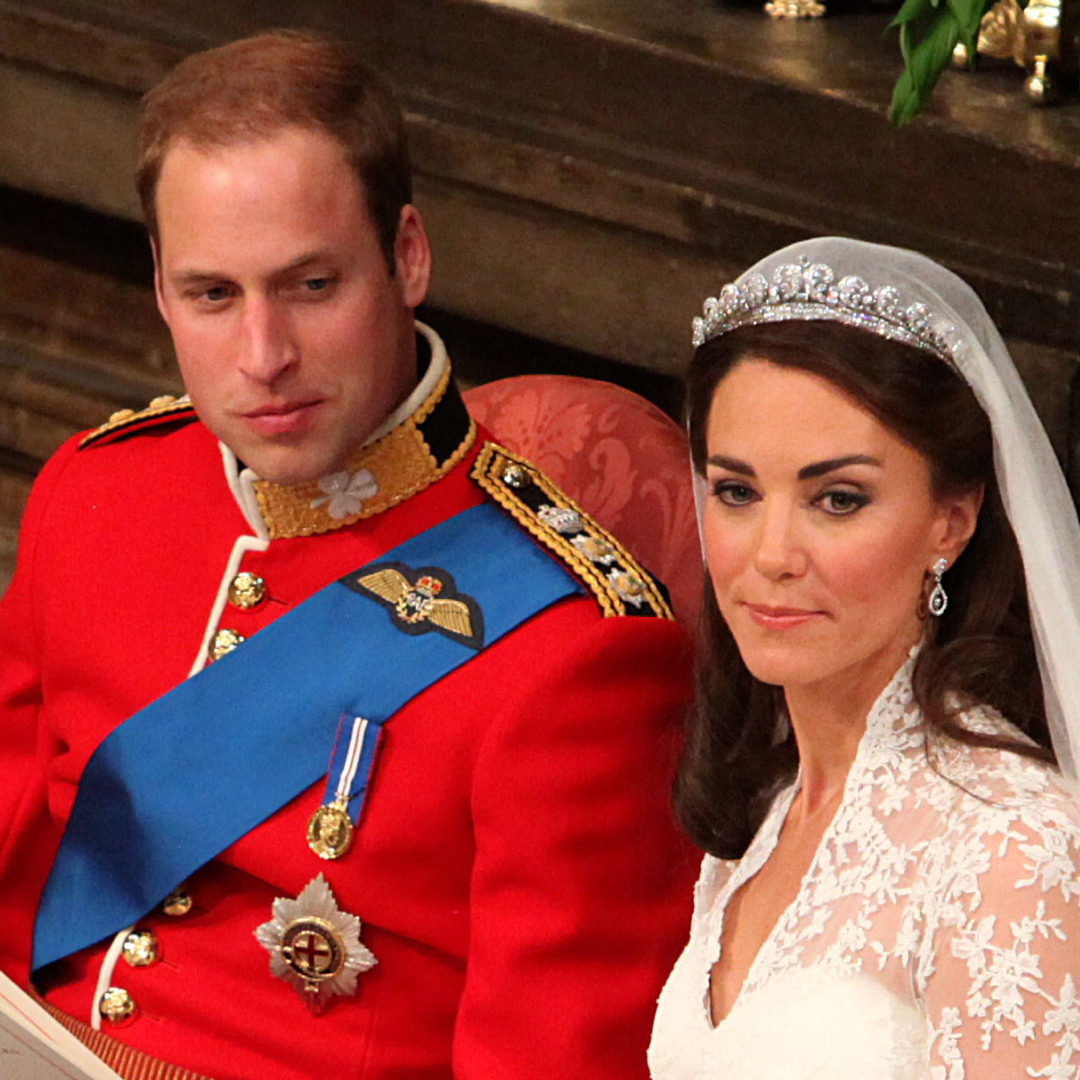 Why Prince William's Exes Attended His Wedding to Kate Middleton
Why Prince William's Exes Attended His Wedding to Kate MiddletonThe exes were invited "due to a more peculiar upper class British tradition."
By Amy Mackelden
-
 Why Prince William "Stepped in" for King Charles at the Pope's Funeral
Why Prince William "Stepped in" for King Charles at the Pope's FuneralThe seating plan was described as a "master plan" of "big egos."
By Amy Mackelden
-
 A Vintage Fendi Baguette Is Bella Hadid's Plus-One
A Vintage Fendi Baguette Is Bella Hadid's Plus-OneThe model paired her skintight capri jumpsuit with pointed-toe heels.
By Amy Mackelden
-
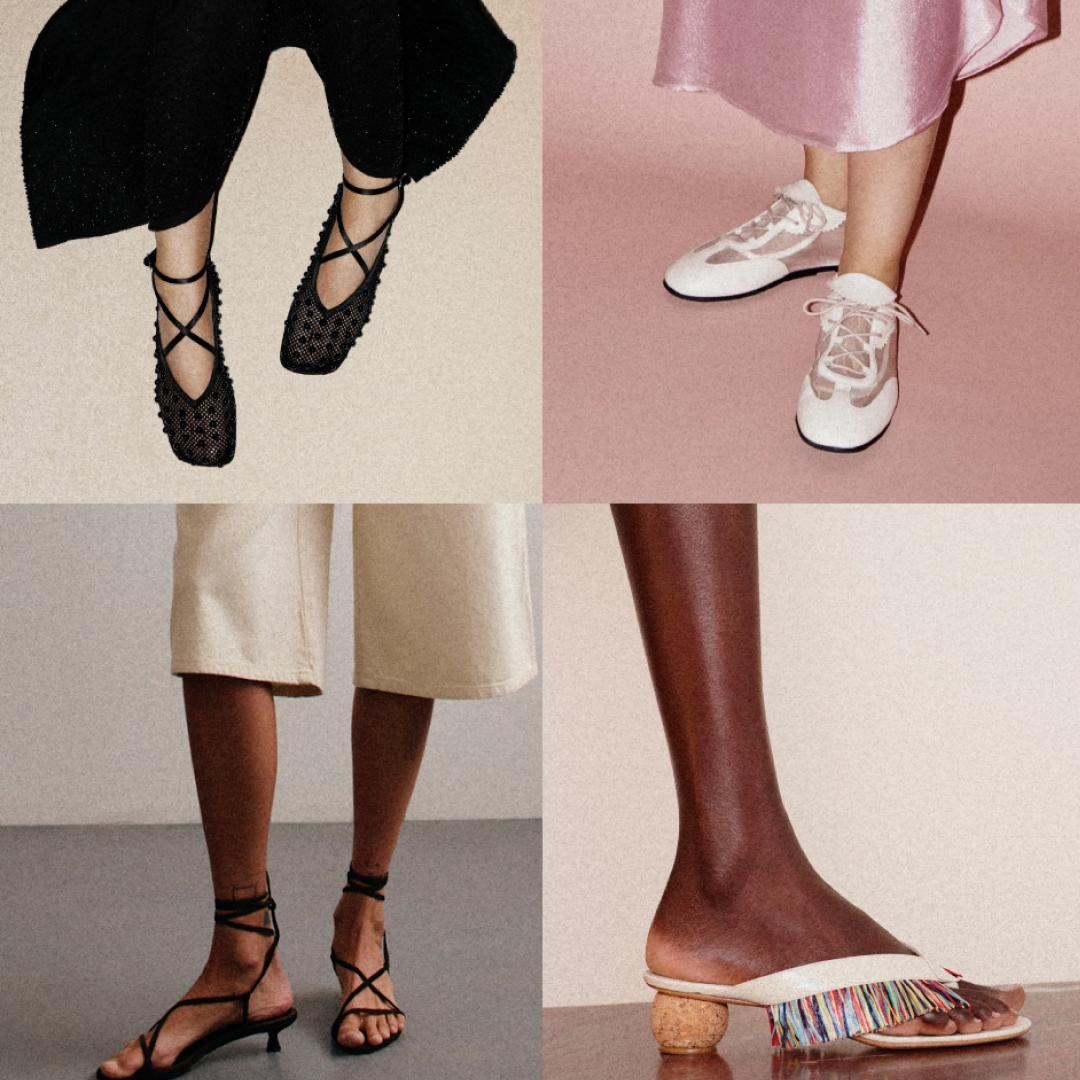 The Summer 2025 Shoe Trends Stylish Women Will All Wear in Two Months
The Summer 2025 Shoe Trends Stylish Women Will All Wear in Two MonthsGet a head start.
By Emma Childs
-
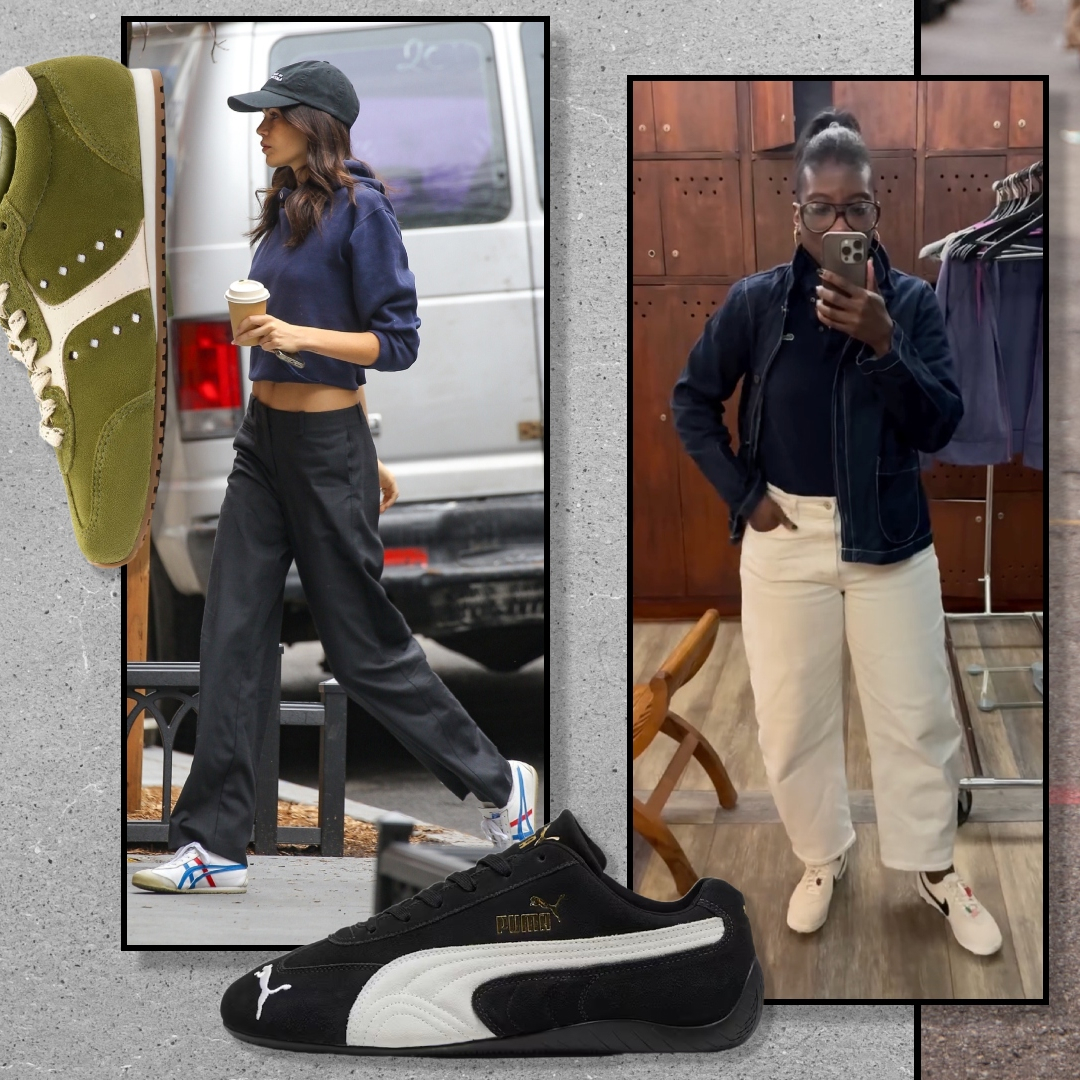 I’m Choosing These Retro Sneakers Over Every Other Shoe Trend
I’m Choosing These Retro Sneakers Over Every Other Shoe TrendFootwear designers are on a vintage kick, and I'm all for it.
By Emma Childs
-
 Florence Pugh Is the Lingerie Dressing Trend's Poster Girl in a See-Through Stella McCartney Mini Dress
Florence Pugh Is the Lingerie Dressing Trend's Poster Girl in a See-Through Stella McCartney Mini DressShe loves a see-through look.
By Lauren Tappan
-
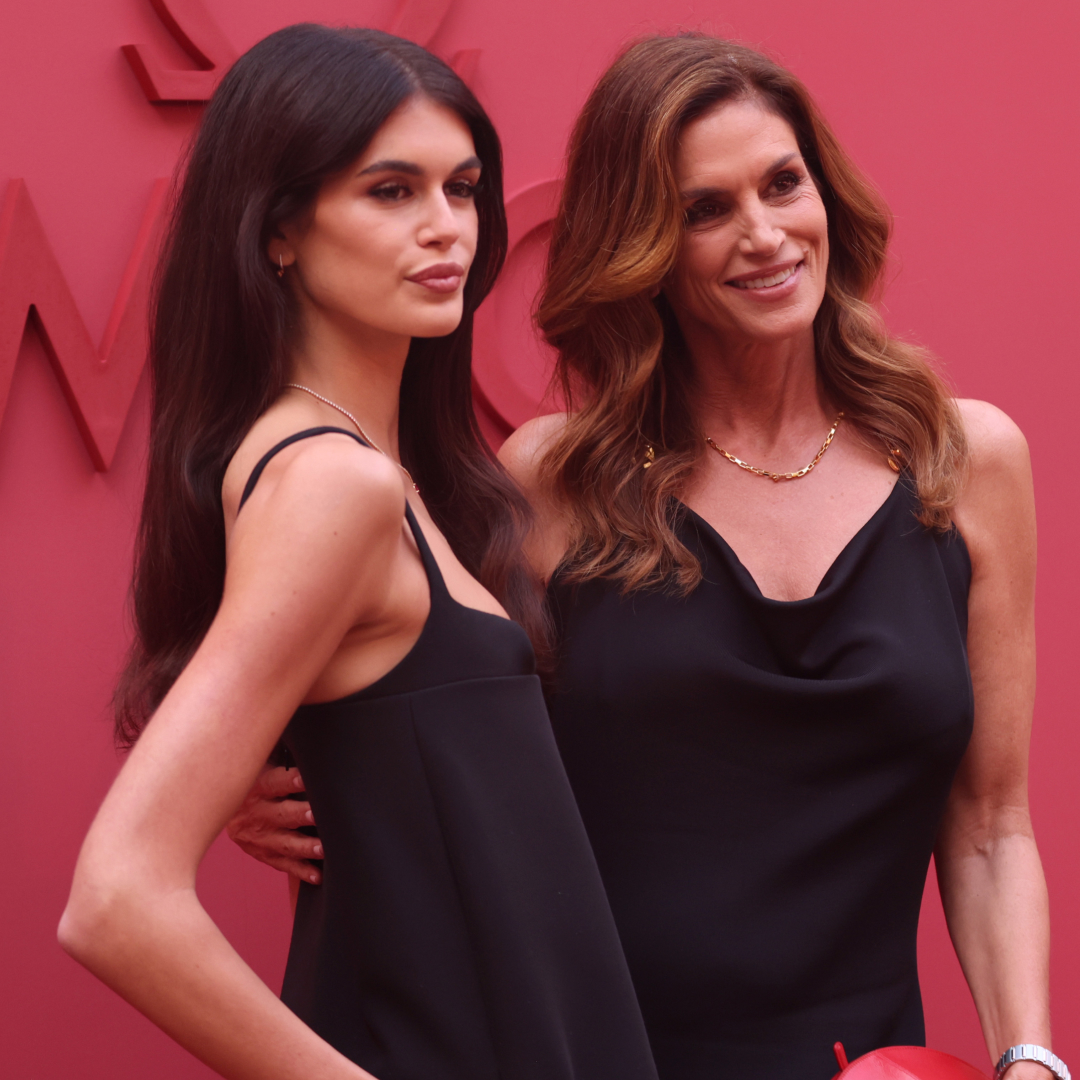 Cindy Crawford and Kaia Gerber Match in Little Black Dresses With Individual Twists
Cindy Crawford and Kaia Gerber Match in Little Black Dresses With Individual TwistsThe two looked nearly identical while attending the Broadway premiere of ‘Good Night, and Good Luck.’
By Lauren Tappan
-
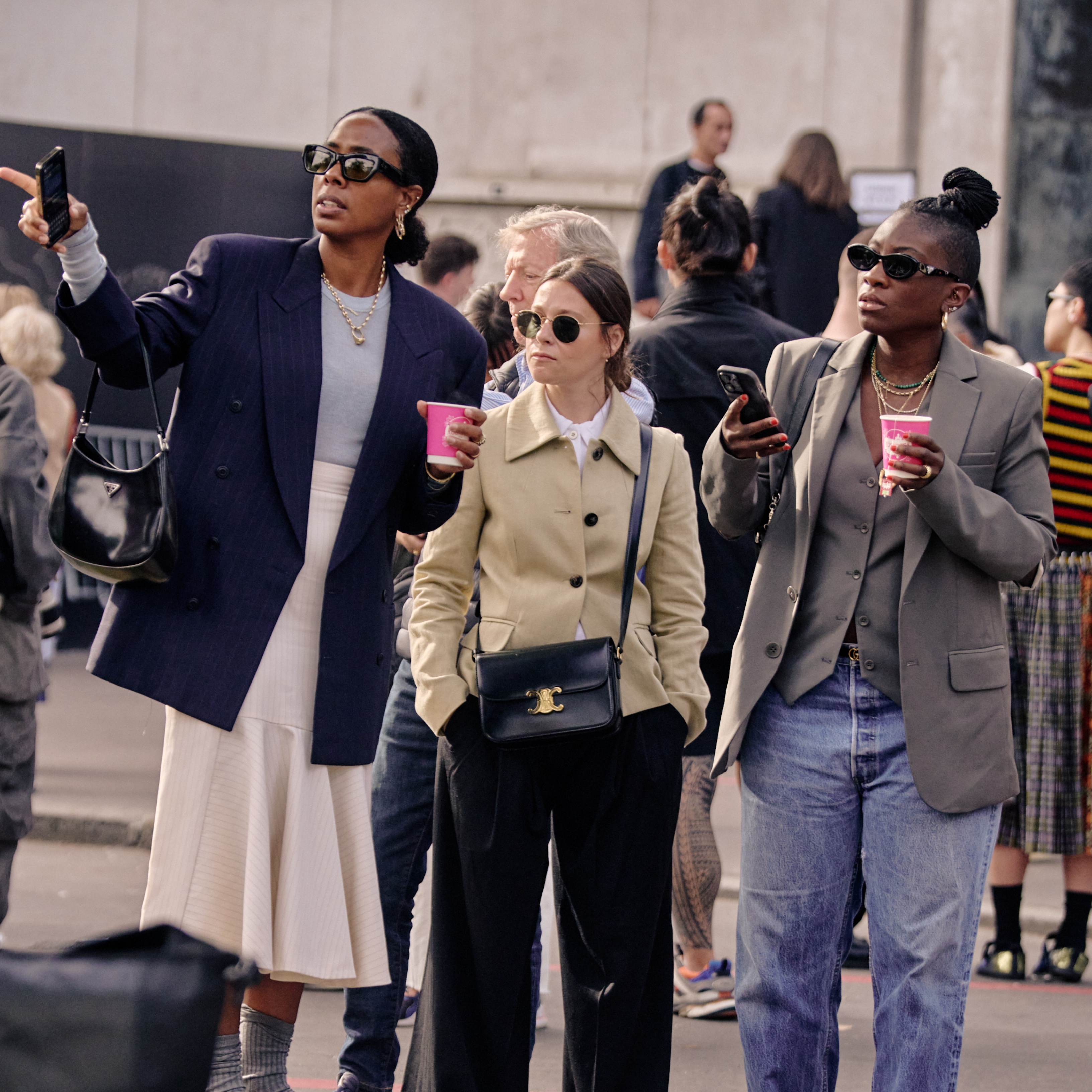 Marie Claire Editors Are Obsessed With This Cult-Favorite Sale
Marie Claire Editors Are Obsessed With This Cult-Favorite SaleSSENSE has everything a fashion enthusiast could ever want.
By Lauren Tappan
-
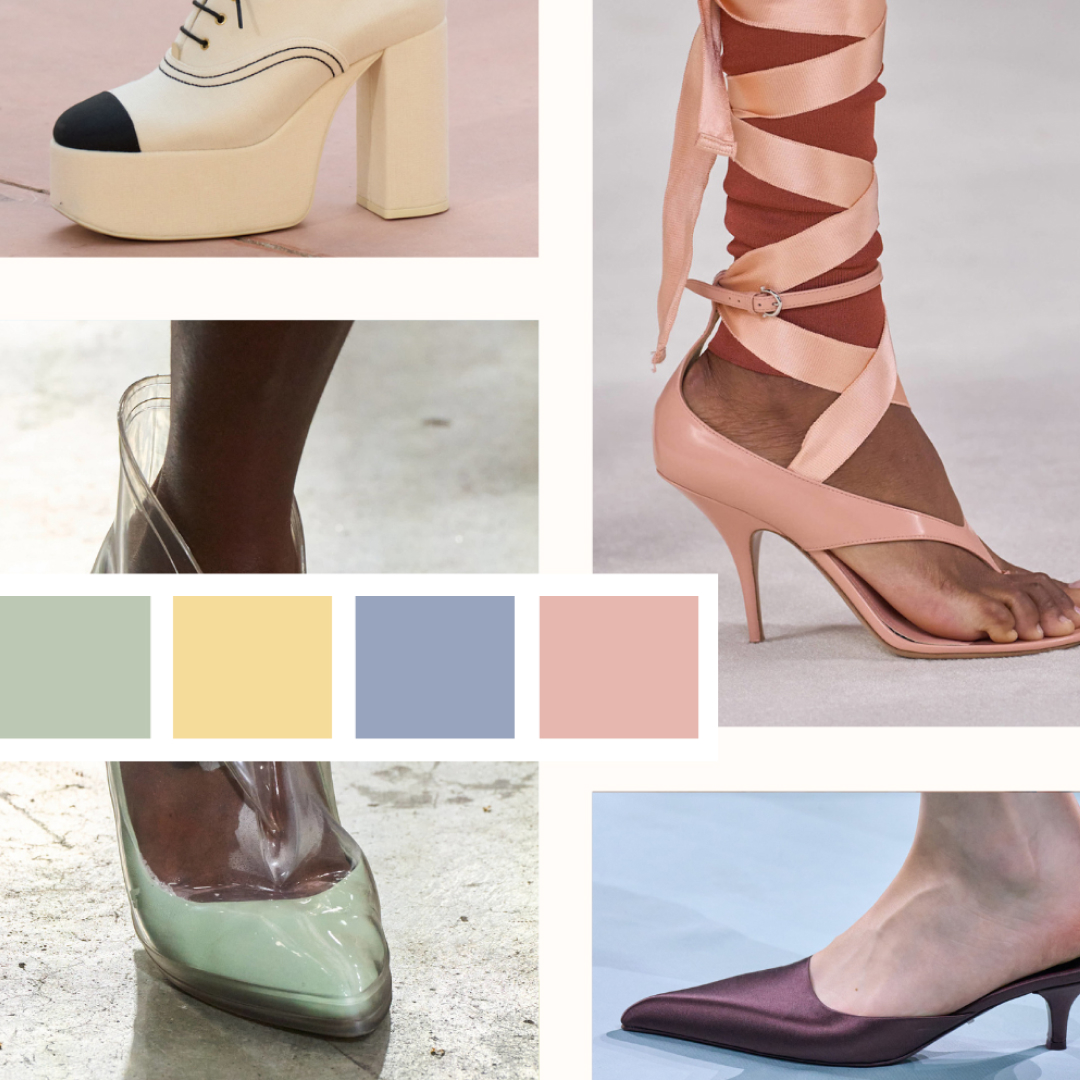 Spring 2025's Candy-Coated Shoe Color Trends Prove Neutrals Are Overrated
Spring 2025's Candy-Coated Shoe Color Trends Prove Neutrals Are OverratedBold pastels and sugar-sweet hues promise to overtake your boring shoe lineup.
By Lauren Tappan
-
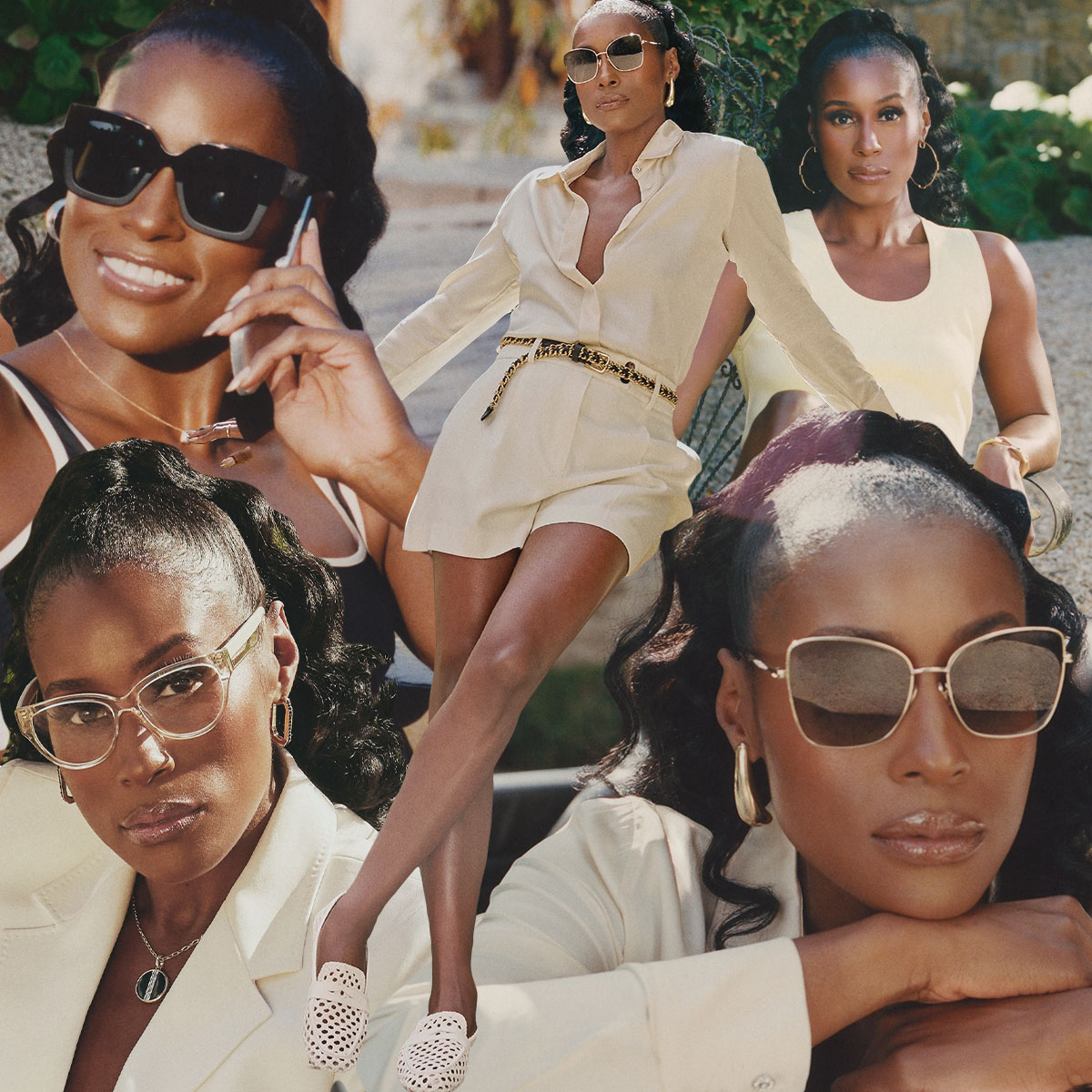 Issa Rae Is Fueling Her Mogul Era With More Me Time
Issa Rae Is Fueling Her Mogul Era With More Me TimeThe key to her success lies in self-care.
By Lauren Tappan
-
 13 Hailey Bieber Outfit Formulas Defining Her Laidback Personal Style
13 Hailey Bieber Outfit Formulas Defining Her Laidback Personal StyleCopy and paste to your closet.
By Lauren Tappan